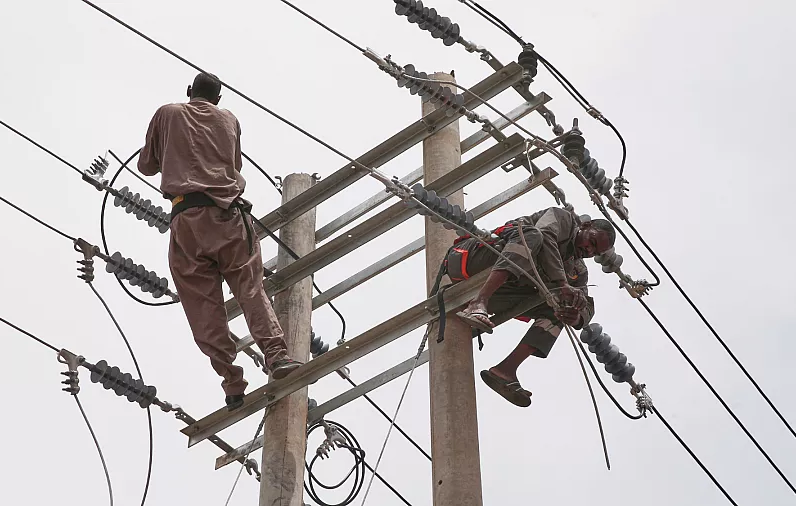In March, Sudan’s Armed Forces (SAF) regained control of the capital and its surrounding areas, marking a pivotal moment in the ongoing conflict. The military advance triggered some of the war’s most intense and deadly battles, further ravaging the city’s infrastructure and deepening the humanitarian crisis. Streets once bustling with life were reduced to rubble, and vital services collapsed under the weight of destruction. Yet, despite the scars of war, a slow and fragile return to normalcy has begun. The United Nations estimates that nearly half of the four million residents who fled the city at the onset of fighting may return by the end of the year—a hopeful sign of resilience amid adversity.
This recovery, however, hinges on the city’s ability to rebuild. Essential infrastructure has been severely damaged, including water and electricity networks, the presidential palace, and key government ministry buildings. Cultural heritage has not been spared; UNESCO reports that the National Museum and other historic sites have been attacked or destroyed, erasing irreplaceable pieces of Sudan’s identity. Schools, once centers of learning, have either been targeted or transformed into makeshift shelters for displaced families. The city’s landscape is now a patchwork of trauma and survival.
Local authorities, supported by volunteer groups, have taken the lead in early reconstruction efforts. These grassroots initiatives are slowly clearing debris and restoring basic utilities, offering a glimmer of hope to returning residents. Yet the scale of the challenge is immense. According to the United Nations, rebuilding even the most fundamental infrastructure will require a minimum of $350 million and could take years to complete. The capital remains contaminated with unexploded ordnance and land mines, posing a persistent threat to civilians and complicating recovery efforts.
Across the country, the toll of conflict is staggering. Humanitarian organizations, health officials, and rights groups estimate that tens of thousands have been wounded, though accurate figures remain elusive due to the chaos and displacement. More than 12 million people have been uprooted from their homes, with 4 million seeking refuge in neighboring countries. Sudan’s path forward is fraught with challenges, but the determination of its people to rebuild and reclaim their lives continues to shine through the devastation.
